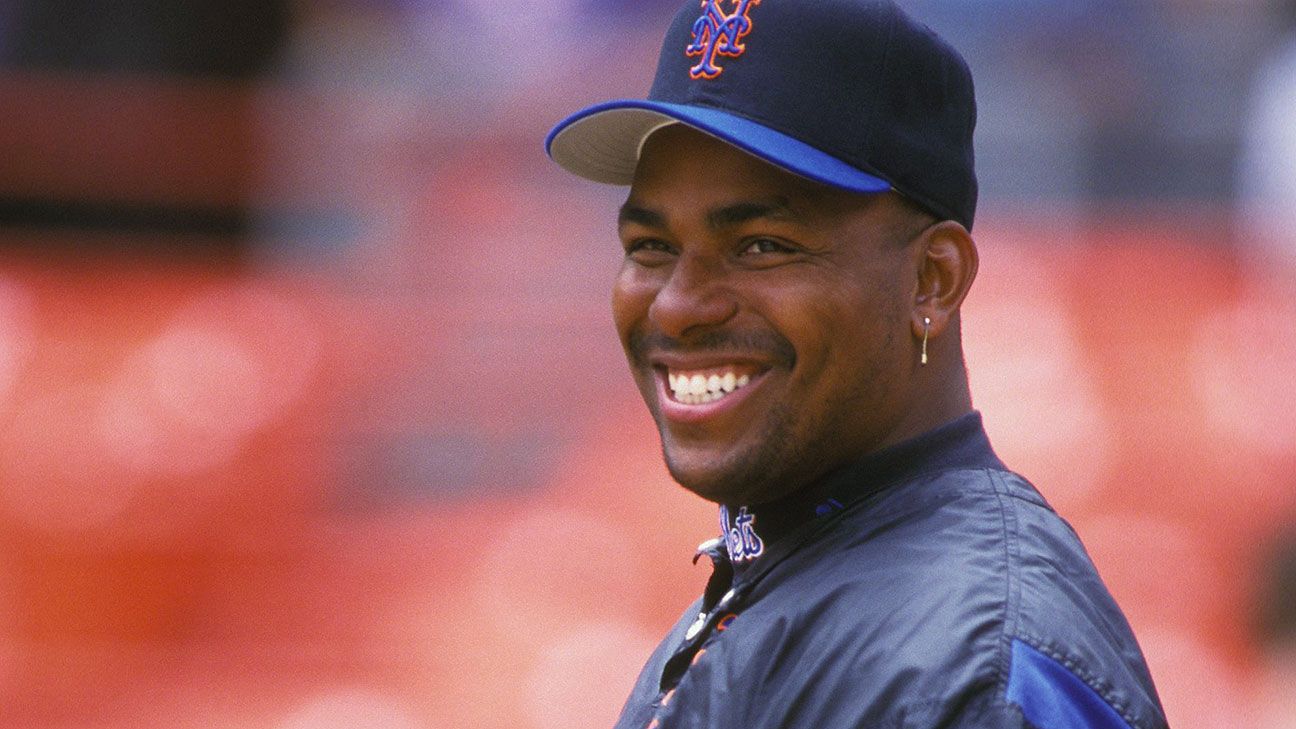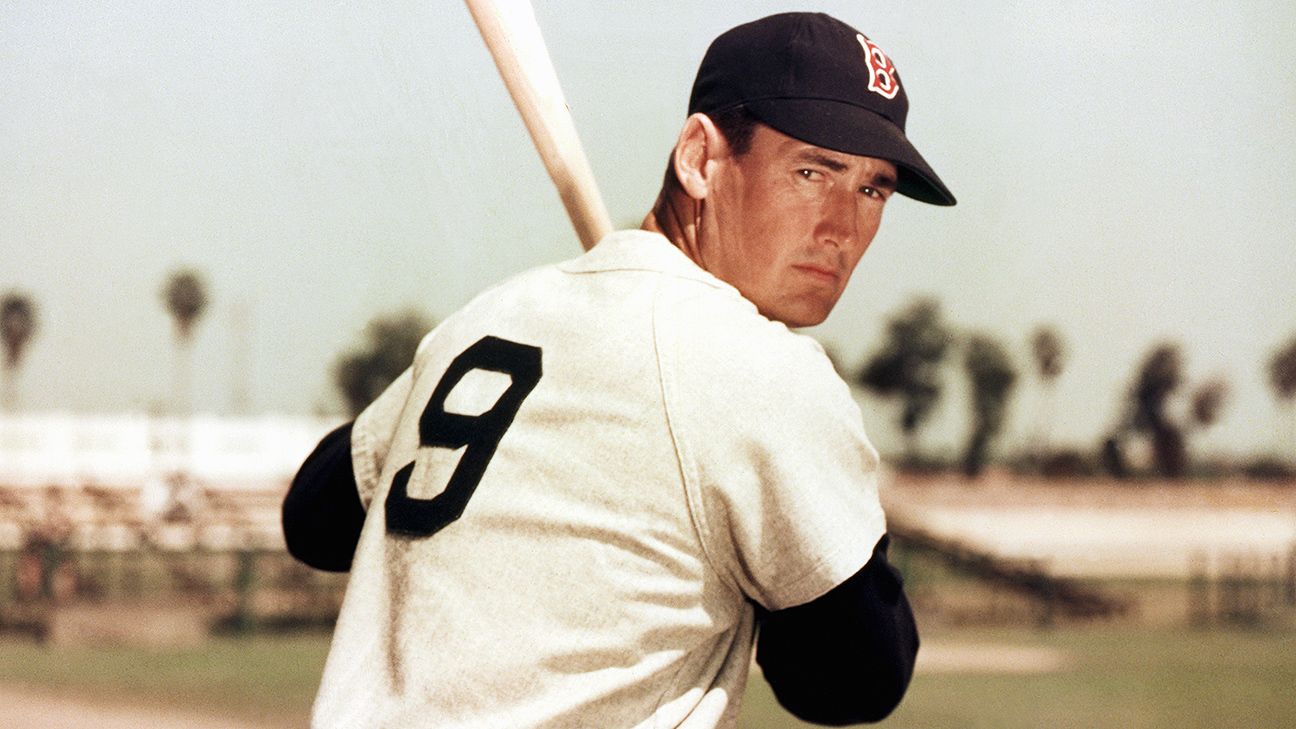
The calendar has turned to July 1, and that means one thing: It's time for Mets fans everywhere to wish each other a Happy Bobby Bonilla Day! Why? On Wednesday, 57-year-old Bobby Bonilla will collect a check for $1,193,248.20 from the New York Mets, as he has and will every July 1 from 2011 through 2035.
Because of baseball's salary structure, Bonilla's annual payday is often more than some of the game's current stars in a given year. Thanks to the shortened season and prorated salaries for players in 2020, that list has grown even longer.
So why does Bonilla get this payday?
In 2000, the Mets agreed to buy out the remaining $5.9 million on Bonilla's contract.
However, instead of paying Bonilla the $5.9 million at the time, the Mets agreed to make annual payments of nearly $1.2 million for 25 years starting July 1, 2011, including a negotiated 8% interest.
At the time, Mets ownership was invested in a Bernie Madoff account that promised double-digit returns, and the Mets were poised to make a significant profit if the Madoff account delivered -- but that did not work out.
How rare is this arrangement?
Bonilla last played for the Mets in 1999 and last played in the majors for the Cardinals in 2001, but he will be paid through 2035 (when he'll be 72).
Here are some other notable deferred-money contracts:
• Bobby Bonilla (again): A second deferred-contract plan with the Mets and Orioles pays him $500,000 a year for 25 years. Those payments began in 2004.
• Bret Saberhagen: Saberhagen will receive $250,000 a year from the Mets for 25 years (payments also began in 2004; this was the inspiration for Bonilla's deal).
• Max Scherzer: Will receive $105 million total from the Nationals that will be paid out through 2028.
• Manny Ramírez: Will collect $24.2 million total from the Red Sox through 2026.
• Bruce Sutter: Signed a deal with the Braves before the 1985 season with deferred money. He was to be paid $750,000 per year while with the Braves, then for 30 years after he retired, he'd receive at least $1.12 million per year. The Braves will be paying him through 2020. He received the $750,000 figure in 1989 and 1990 because he retired with two years left on the six-year deal, so his 30 years of the other installments didn't begin until 1991.
How this compares to 2020 shortened-season salaries
Besides young players who start their careers earning about half of Bonilla's annual $1.19 million, here are some notable players who will be making less than Bonilla's $1.19 million strictly because the season is only 60 games in 2020 because of prorated salaries, courtesy of ESPN Stats & Information's Harrison Marder.
Dansby Swanson -- $3.15 million prior to prorated salaries. Will make approximately $1,165,500
Kenta Maeda -- $3.125 million prior to prorated salaries. Will make approximately $1,156,250
Byron Buxton -- $3.075 million prior to prorated salaries. Will make approximately $1,137,750
Mitch Moreland -- $3 million prior to prorated salaries. Will make approximately $1,110,000
Michael Wacha -- $3 million prior to prorated salaries. Will make approximately $1,110,000
Hunter Pence -- $3 million prior to prorated salaries. Will make approximately $1,110,000
Michael Fulmer -- $2.8 million prior to prorated salaries. Will make approximately $1,036,000
Tommy Kahnle -- $2.65 million prior to prorated salaries. Will make approximately $980,500
Gio Urshela -- $2.475 million prior to prorated salaries. Will make approximately $915,750
And these players are losing the closest amount to Bonilla's $1.19 million payday because of the shortened season:
Luke Jackson ($1.825 million prior to prorated salaries). Will make approximately $675,250 in 2020 and will lose approximately $1,149,750
Pedro Strop ($1.825 million prior to prorated salaries). Will make approximately $675,250 and will lose approximately $1,149,750
Tony Wolters ($1.9 million prior to prorated salaries). Will make approximately $703,000 and will lose approximately $1,197,000
Figures from ESPN Stats & Information were used throughout this story.















 Phone: (800) 737. 6040
Phone: (800) 737. 6040 Fax: (800) 825 5558
Fax: (800) 825 5558 Website:
Website:  Email:
Email: 






